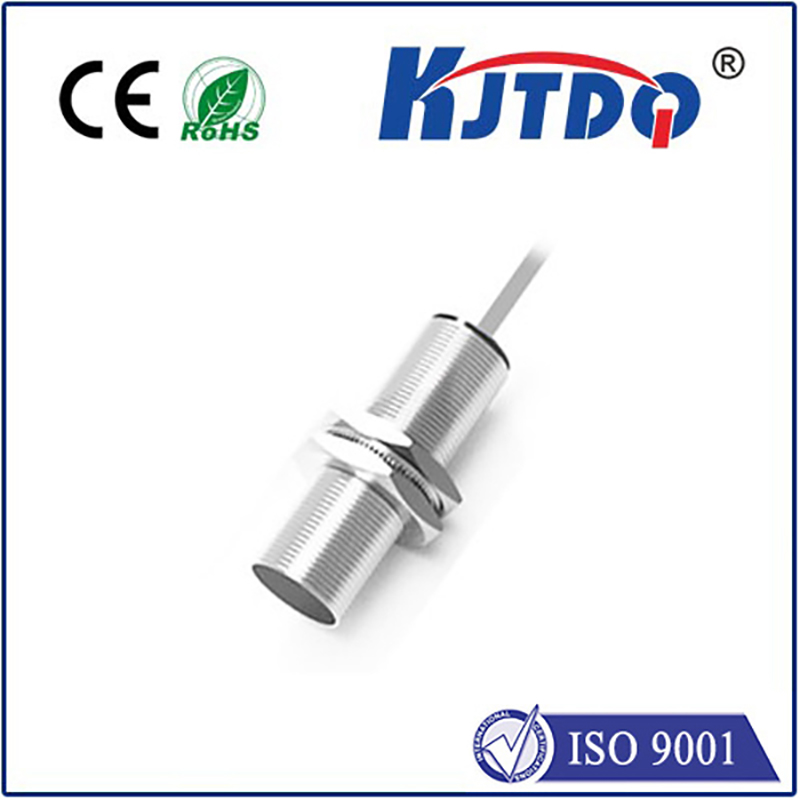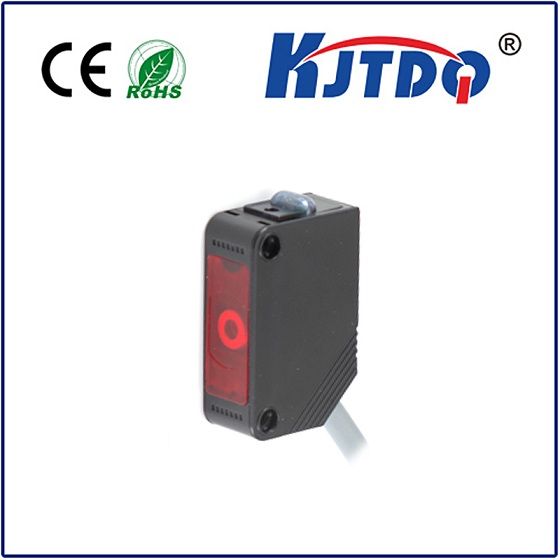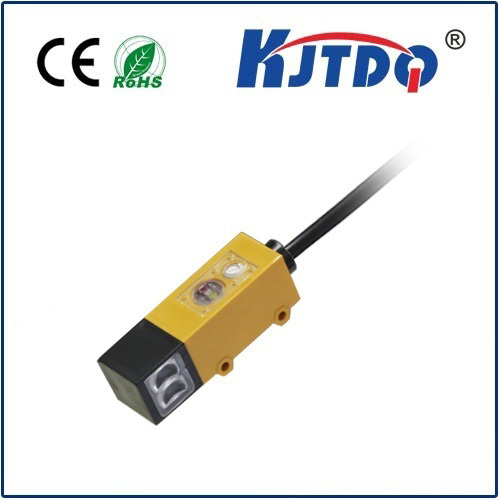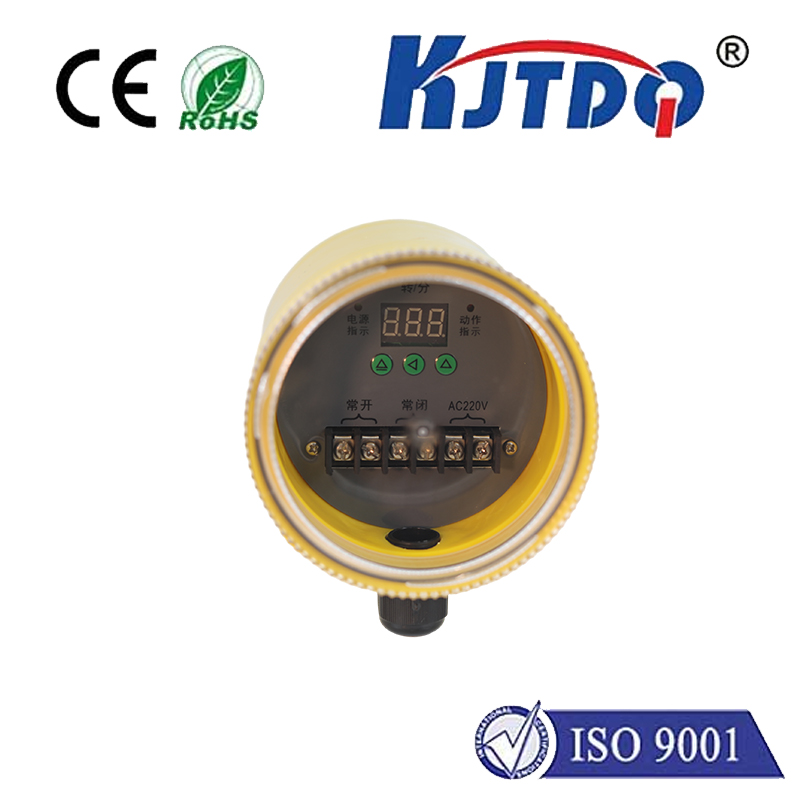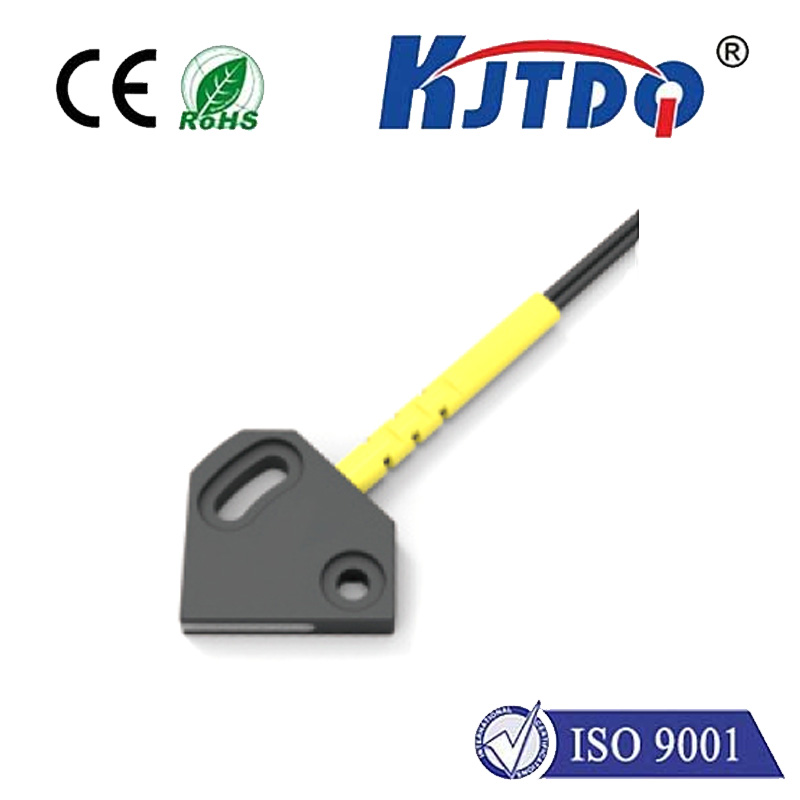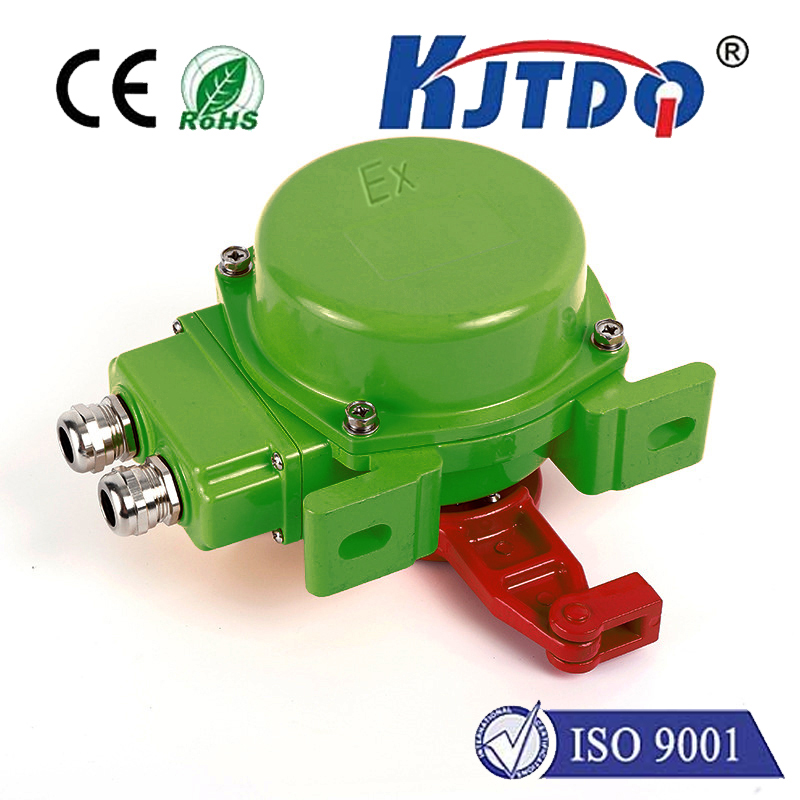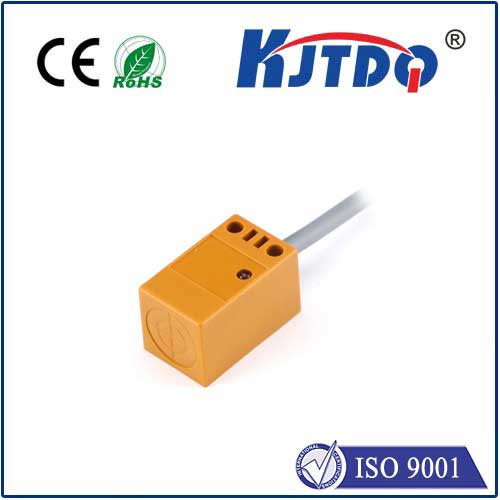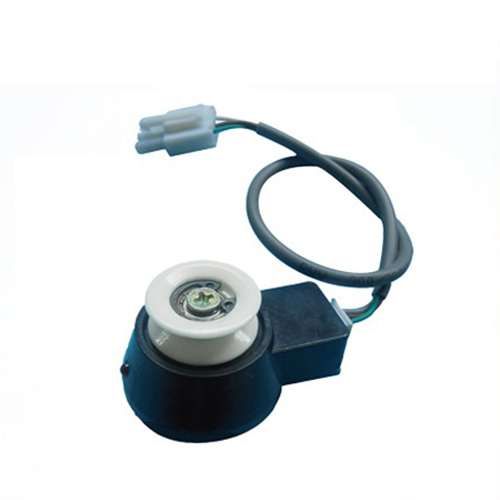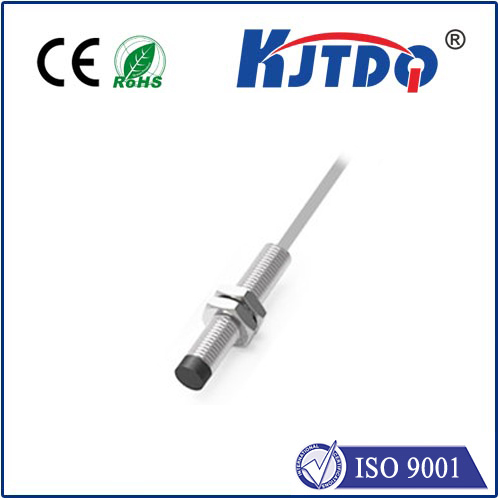

check

check

check

check

check

check

check

check

check

check
Title: Rotary Limit Switches: The Unsung Heroes of Hoist Safety and Efficiency
When it comes to hoisting machinery, safety is paramount. A hoist's operation involves lifting heavy loads with precision and control, and any misstep could lead to severe consequences. One crucial component that ensures both safety and efficiency in hoists is the rotary limit switch. In this article, we'll explore the significance of rotary limit switches for hoists, their functions, advantages, and how they contribute to overall operational excellence.
What is a Rotary Limit Switch?
A rotary limit switch is an electronic device that serves as an integral part of a hoist's control system. This switch detects the rotational position of a shaft or lever and sends signals to the hoist's control unit when specific positions are reached. By acting as a 'stop' mechanism, these switches prevent over-rotation of the winch drum, ensuring loads do not exceed safe height limits.
Functions and Importance

Rotary limit switches perform various functions within a hoist system. They monitor the movement of the load and halt the motor when the load reaches predefined limits. These switches help maintain proper alignment of the load during lifting and lowering operations. Moreover, they protect machinery by avoiding potential damage from overloading or operating beyond design parameters.
Advantages of Using Rotary Limit Switches
The use of rotary limit switches offers several advantages. Foremost, they enhance safety by preventing accidents that may occur due to excessive movement of the load. Additionally, these switches improve efficiency by reducing operator error and machine wear. They also enable precise load placement and can even contribute to energy savings by cutting down on unnecessary motor usage.
Integration into Hoist Systems
To integrate a rotary limit switch into a hoist system effectively, it must be calibrated to the specific requirements of the hoist. This includes considering the travel length of the load, the weight capacity, and the desired stopping points. Once installed, these switches require minimal maintenance but should be checked periodically to ensure they remain in good working order.
Modern Features and Enhancements
As technology advances, so too do the features of rotary limit switches. Modern versions may include non-contact sensing technologies like magnetic proximity sensors or photoelectric devices, which offer increased reliability and longevity. Some high-end switches come equipped with programmable logic controls (PLCs) that provide greater flexibility in setting up complex operating sequences.
Conclusion
In conclusion, rotary limit switches are undeniably essential components for hoists. They play a pivotal role in ensuring safety standards are met while enhancing the operational efficiency of lifting equipment. Their ability to accurately control and monitor load movement makes them indispensable in environments where heavy lifting is a routine task. As the hoisting industry continues to evolve, the rotary limit switch will likely see further advancements, reinforcing its status as a critical element in modern hoist systems.
